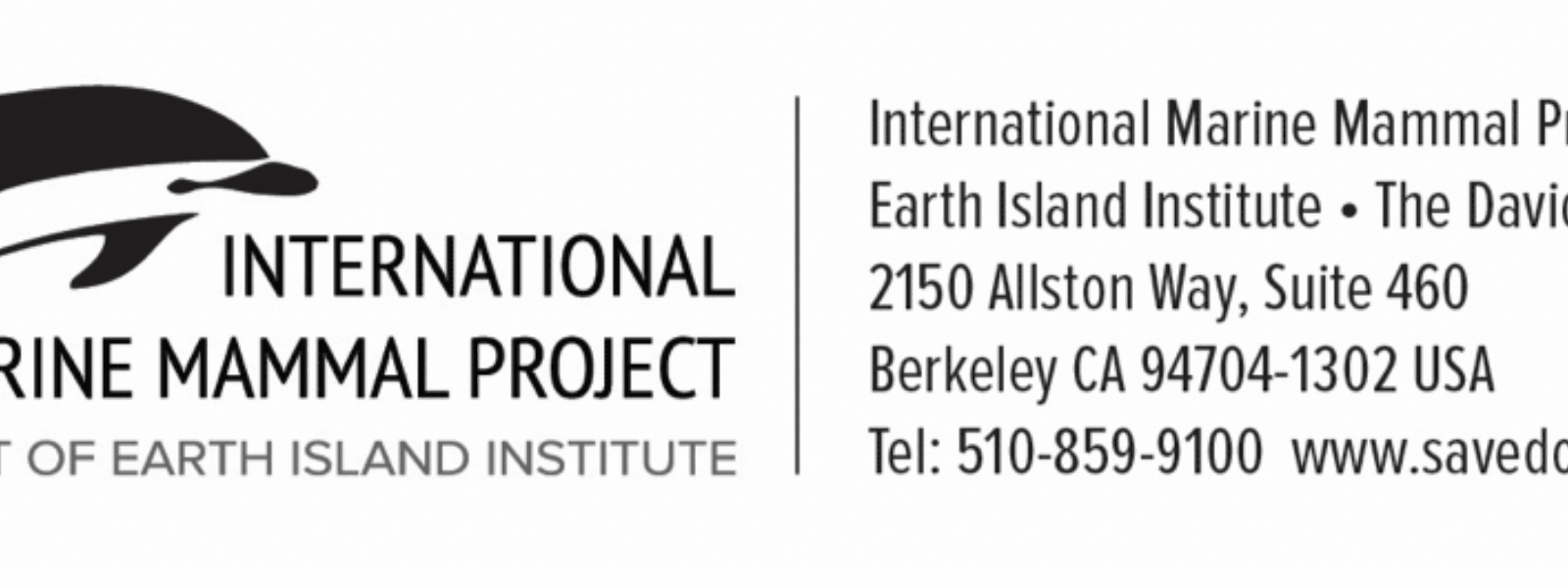

March 24, 2021
The International Marine Mammal Project of the non-profit organization Earth Island Institute has worked assiduously for the protection of marine mammals for more than 40 years.
The recent film Seaspiracy falsely claims that the dolphin-safe tuna program is a conspiracy to benefit the global fisheries industries. Nothing could be further from the truth. In fact, the dolphin-safe tuna program has provided and continues to provide massive benefits to dolphin populations around the world. Despite our efforts to provide documentation of this to the filmmakers, they chose instead to grossly distort and mischaracterize the program.
Tuna companies may place a dolphin-safe label on their products without charge so long as their tuna fishery practices comply with federal regulations that there be no capture, netting, injury, or death of dolphins. Companies that comply with the federal regulations and certain additional protective measures may use a licensed logo from the International Marine Mammal Project. Companies that use the licensed logo pay a licensing fee, the proceeds of which go solely to defraying the cost of monitoring their facilities to ensure full compliance with the strict dolphin protection standards.
David Phillips, director of the International Marine Mammal Project stated, “The dolphin-safe tuna program is responsible for the largest decline in dolphin deaths by tuna fishing vessels in history. Dolphin-kill levels have been reduced by more than 95 percent, preventing the indiscriminate slaughter of more than 100,000 dolphins every year.”
Phillips added, “While covering critical topics, Seaspiracy, unfortunately, does a disservice to a number of organizations that are doing critical work to protect oceans and marine life. It’s no surprise that the New York Times panned the film for entrapping interviewees with leading questions and getting lost in a sea of murky conspiratorial thinking.”
For further information on the International Marine Mammal Project’s Dolphin Safe program:
Five Myths About Dolphin Safe Tuna — Don’t Be Fooled
"Seaspiracy" Statement by Mark Palmer
International Marine Mammal Project of Earth Island Institute
March 24, 2021
I’ve worked on the tuna/dolphin issue since the early 1970s, and have worked with Earth Island working with the International Marine Mammal Project (IMMP) on Dolphin Safe tuna since 1995.
About a year and a half ago, I was interviewed by a film crew for the documentary that is now called Seaspiracy.
I provided the crew with extensive information on how the Dolphin Safe label is used for the protection of dolphins. None of this footage was used in the documentary.
The Dolphin Safe legislation and tuna company compliance went into effect in 1990. Before that time, more than 100,000 dolphins were killed every year in commercial purse-seine tuna nets by US and foreign tuna companies. After 1990, when the dolphin-safe laws and company policies were established, the number of dolphins dying went down to less than 5,000. This remaining dolphin mortality is the result of vessels from Mexico, Colombia, and Venezuela, countries that do not participate in dolphin-safe programs, and their tuna is not labeled as dolphin-safe.
Included here is a graph of the dolphin mortality in the tuna fishery, prepared by the Inter-American Tropical Tuna Commission, a treaty organization that regulates tuna fishing in the Eastern Tropical Pacific Ocean:
When repeatedly asked by the filmmakers, “why support tuna fishing at all?” I responded that Earth Island does not promote eating tuna. However, if people do eat tuna they should only buy tuna that is caught by methods that do not kill dolphins.
When asked whether we could guarantee that no dolphins were ever killed in any tuna fishery anywhere in the world, I answered that there are no guarantees in life, but that by drastically reducing the number of vessels intentionally chasing and netting dolphins as well as other regulations in place, that the number of dolphins that are killed is very low. The film took my statement out of context to suggest that there is no oversight and we don’t know whether dolphins are being killed. This is simply not true.
I further explained that there are several layers of review of tuna fishing to confirm that tuna is indeed Dolphin Safe. There are international observers aboard the tuna purse seine vessels that catch tuna for canning. Our International Marine Mammal Project has monitors around the world who routinely check canneries, tuna shipments, storage units, and tuna vessels. The US National Marine Fisheries Service has further jurisdiction to enforce the Dolphin Safe tuna standards for tuna brought into the US, the largest market for canned tuna in the world. Seaspiracy omitted everything related to this explanation, further distorting the truth.
The documentary took my comment meant to show that we cannot achieve perfection and conflates this into a Dolphin Safe label conspiracy.
Contrary to the documentary’s claim that we were not working on ending plastic fishing nets, IMMP and I worked for years on this issue. I was never asked about the issue in my interview at all. In the 1980s I successfully worked to ban plastic gill nets in California waters. Only one gillnet fishery remains – offshore swordfish gillnets – which is controlled by the federal government. IMMP is supporting legislation in the California legislature to ban these nets, too. IMMP also worked internationally to ban high seas drift gillnets, which were outlawed by the United Nations in 1992. None of this information was presented in the documentary.
The bottom line is that the Dolphin Safe label and fishing restrictions save dolphin lives.
Yes, commercial fishing is out of control in many cases worldwide. But canned Dolphin Safe tuna is far more protective of dolphins and target fish stocks than the vast majority of other fisheries.
For information on the Dolphin Safe program and a list of 800+ tuna companies that have pledged to fish Dolphin Safe, please go to our website.